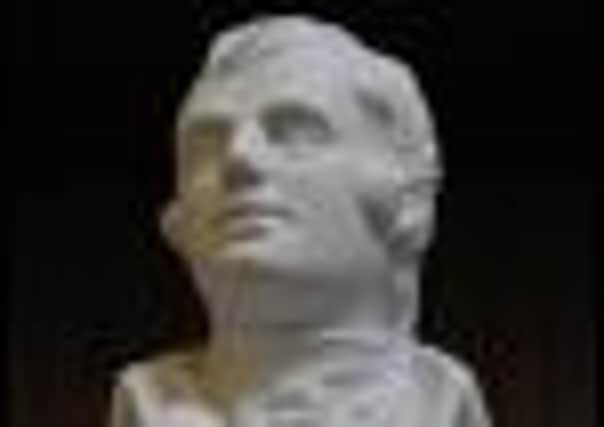Robert Burns manuscripts to be stored in digital database


Glasgow University is masterminding the project, which will see precious manuscripts reunited for the first time and examined by experts.
The National Library of Scotland, the National Galleries of Scotland, the National Museums of Scotland and the Robert Burns Birthplace Museum in Alloway, Ayrshire, have all agreed to allow their collections of Burns material to be used.
Advertisement
Hide AdAdvertisement
Hide AdEarly versions of Burns classics such as To a Mouse and Holy Willie’s Prayer – written when the poet and songwriter was completely unknown – are among the works due to be digitised over the next few months.


The university’s Burns centre will be initially concentrating on collections from across Scotland, before efforts turn to the huge number of papers held by overseas collectors, libraries and other archives. Experts will examine the different types of paper, writing materials and writing styles Burns employed.
The project will also include famous Burns forgeries and show how close the fakers came to mimicking the real thing.
News of the database has emerged months after the university – which set up the Centre for Robert Burns Studies five years ago – launched a new website aimed at Burns enthusiasts around the world. It is also producing a multi-volume edition of Burns’ work, expected to take around 15 years to complete.
Professor Gerard Carruthers, co-director of the university’s Burns centre, said of the new database: “This is a hugely significant development which will greatly benefit those who study the writings of Burns. He was a voracious author who penned more than 600 poems and songs. But the quality of paper that he used varied, depending on what he was doing and even at different stages of his life.
“When a ploughman it was sometimes whatever scraps of paper he could find, and when Burns was an exciseman he used paper from his job there.”
Kenneth Dunn, manuscript and archive collections manager at the National Library of Scotland, said: “Burns is unique in the affection and fascination that his memory inspires.
Advertisement
Hide AdAdvertisement
Hide Ad“We hold many published first editions of his writings together with manuscript letters and poems. These present a fascinating picture of the poet who became Scotland’s national bard and we hope this project will help to introduce his work to a wider audience.”
A spokeswoman for the National Trust for Scotland, which runs the birthplace museum, said: “This is a really exciting project which will further our knowledge of Burns.”